Where Easter brings out the solemn processions on Gran Canaria, there are religious fiestas throughout the year on the island. Including municipalities holding celebrations in honour of their patron saint. And, in the capital Las Palmas de Gran Canaria, there seems to be a church on every corner.
Catedral de Santa Ana
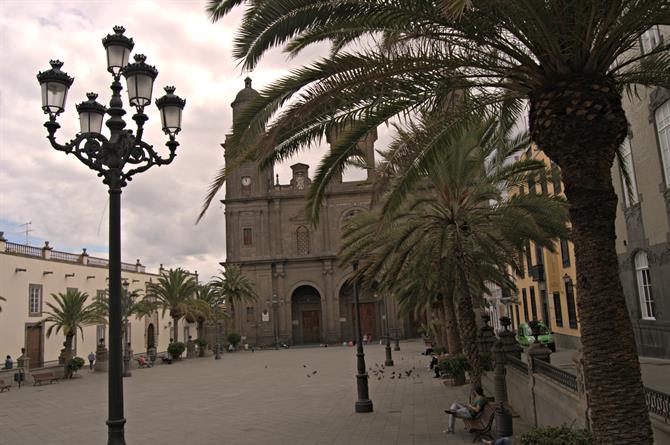
One of the top 10 sights to see in Las Palmas de Gran Canaria, the Catedral de Santa Ana's the sacred heart of Vegueta. Half a millennium in the making, it features palm trees in and out. Although the interior ones are not real, but architectural impersonations in the form of gothic piers.
Ermita de San Antonio Abad
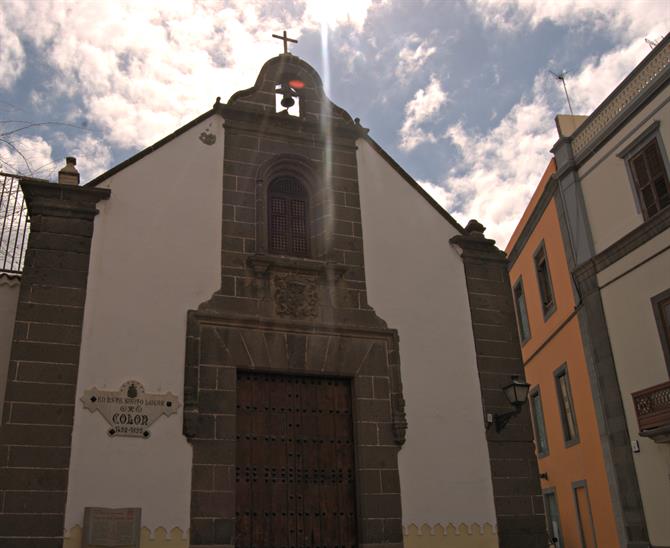
History surrounds you as you navigate the cobbled streets of Vegueta. Just around the corner from the Casa de Colón is another building the great explorer Christopher Columbus visited on his stay in the Gran Canaria capital. This hermitage saw Columbus kneel and pray before returning to sail the ocean blue back in 1492.
Full Gospel Las Palmas Church
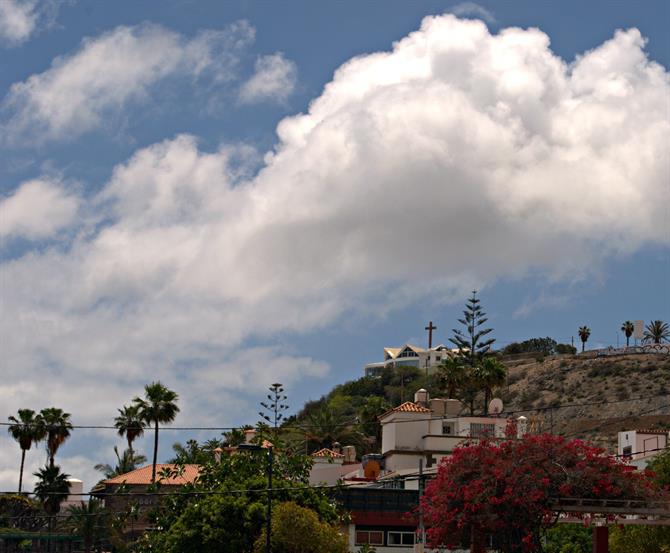
If it comes as some surprise to you to learn that there's a gospel church in Las Palmas de Gran Canaria, your shock will increase when you discover it's a Korean one. Located above Parque Doramas, it's also known as the Iglesia Coreana de Altavista. As a port city, Las Palmas de Gran Canaria has historically attracted visitors from the four corners of the world including Asia. And many have stayed, as can be seen from the Korean restaurants and, indeed, church.
Ermita de San Telmo
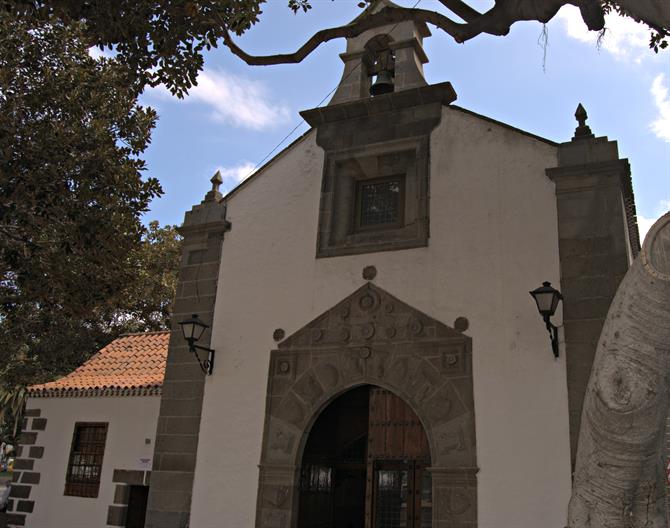
Where Sir Francis Drake was seen as a naval hero back in England, the Spanish viewed him as a pirate. It was much the same with Dutch admiral Pieter van der Does. He and his fleet razed this hermitage, now in Parque San Telmo, to the ground back in 1599, before he died of either wounds sustained in the attack of the city or malaria later the same year. Meanwhile, the God-fearing locals lovingly reconstructed this place of worship.
Iglesia de San Agustín
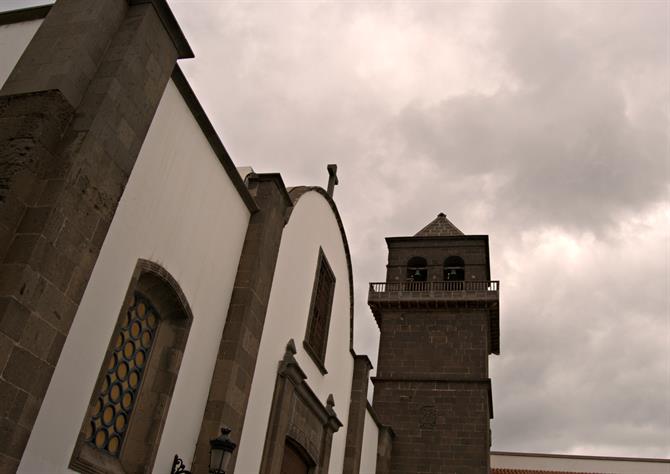
Another historic Vegueta church, these days the Parroquia Matriz de San Agustín has around 5,000 regular parishioners. Starting life as a hermitage in 1524, it had fallen into disrepair by 1664 when it was replaced by a church. The current neoclassical structure however dates back to the 6th July 1786 when the first foundation stone was laid.
Iglesia de San Francisco de Asis
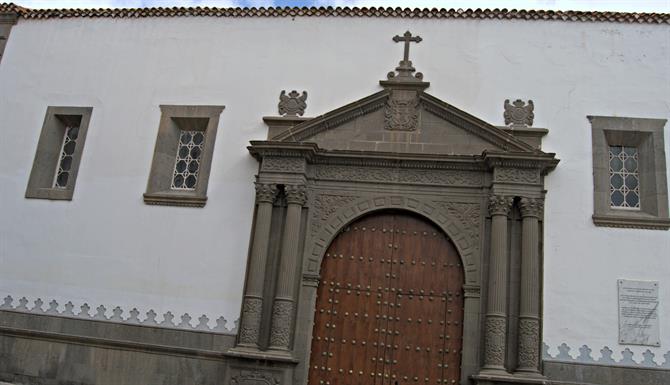
Dating back to 1518, the Iglesia de San Franciso de Asis is theTriana neighbourhood's oldest parish church. Another victim of the dastardly Dutchman Pieter ven der Does, it would rise like Phoenix from the flames after the pyromaniac set the whole place alight. As it was later painstakingly rebuilt, just like the Ermita de San Telmo.
Iglesia de San Francisco de Borja
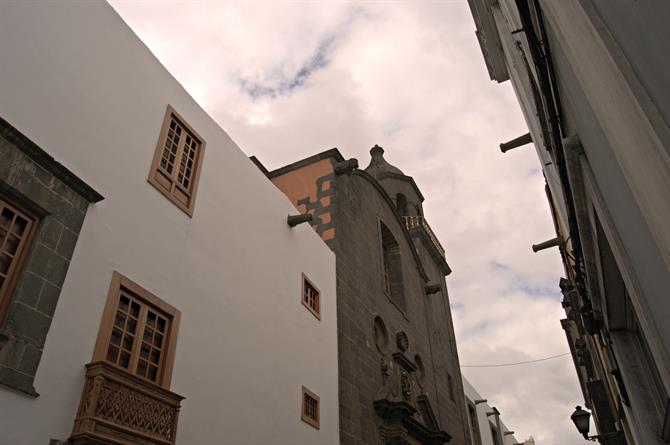
In 1697, the Jesuit Fathers opened the Colegio de la Sagrada Familia in a street named after Doctor Chil, in tribute to the creator of the Museo Canario. In a property which had housed the Holy Tribunal of the Inquisition. Between the years of 1724 and 1754, the school was converted into a church under the direction of architect Juan Visentelo.
Iglesia de Santo Domingo
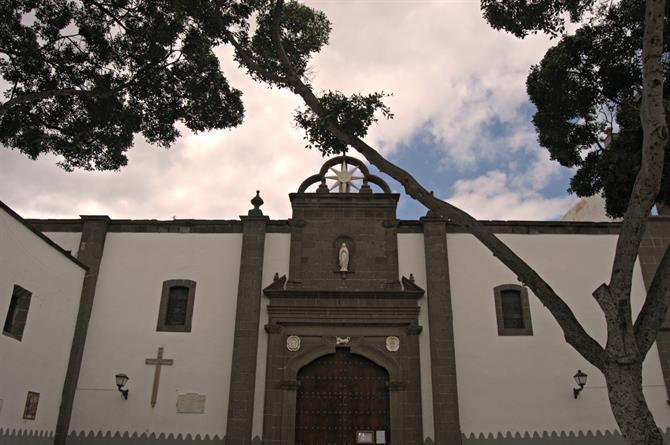
The most out-of-the-way Vegueta church perhaps explains its popularity as a wedding location for the wealthier families of Las Palmas de Gran Canaria. It's a more exclusive than public location, you see. Except on the 7th October when a pilgrimage sees what feels like the whole of the city's population wearing traditional Canarian dress deliver offerings to the church.
Iglesia de los Franciscanos
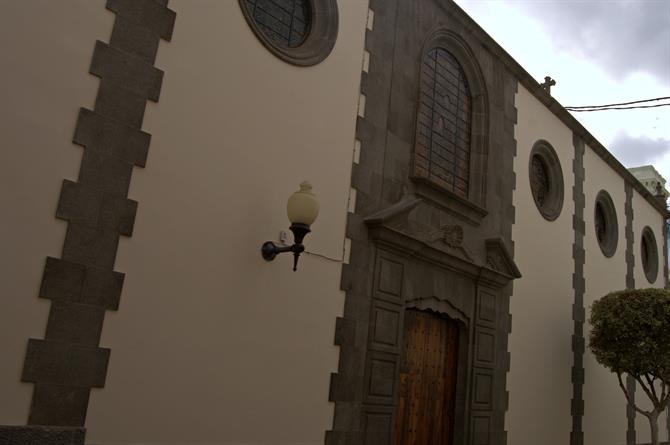
Walk along arguably Las Palmas de Gran Canaria's prettiest pedestrianzed street, Perez Galdós and you'll pass not only two of the top 10 restaurants in the capital but this charming church too. However, there's another entrance located in Calle Perdomo, facing the even more striking Palacete Rodríguez Quegles.
Holy Trinity Church
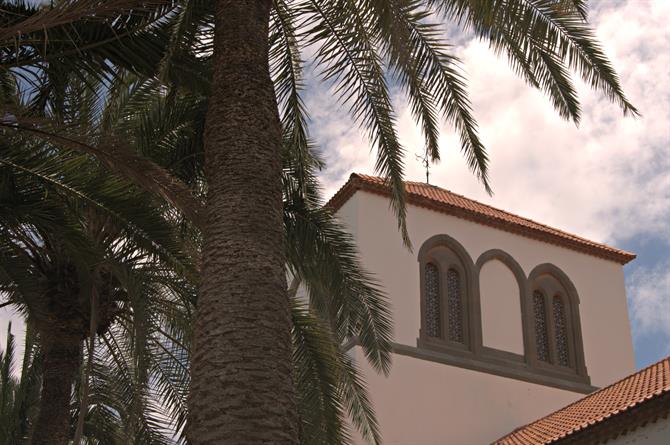
Part of the Diocese in Europe, the Holy Trinity Church offers Anglican services of Holy Communion. Like sister establishments in other farflung locations such as Murmansk and Istanbul. Along with the British Cemetery, the Holy Trinity's one of the Bienes de Interés Cultural de Canarias, Canarian heritage sites.
